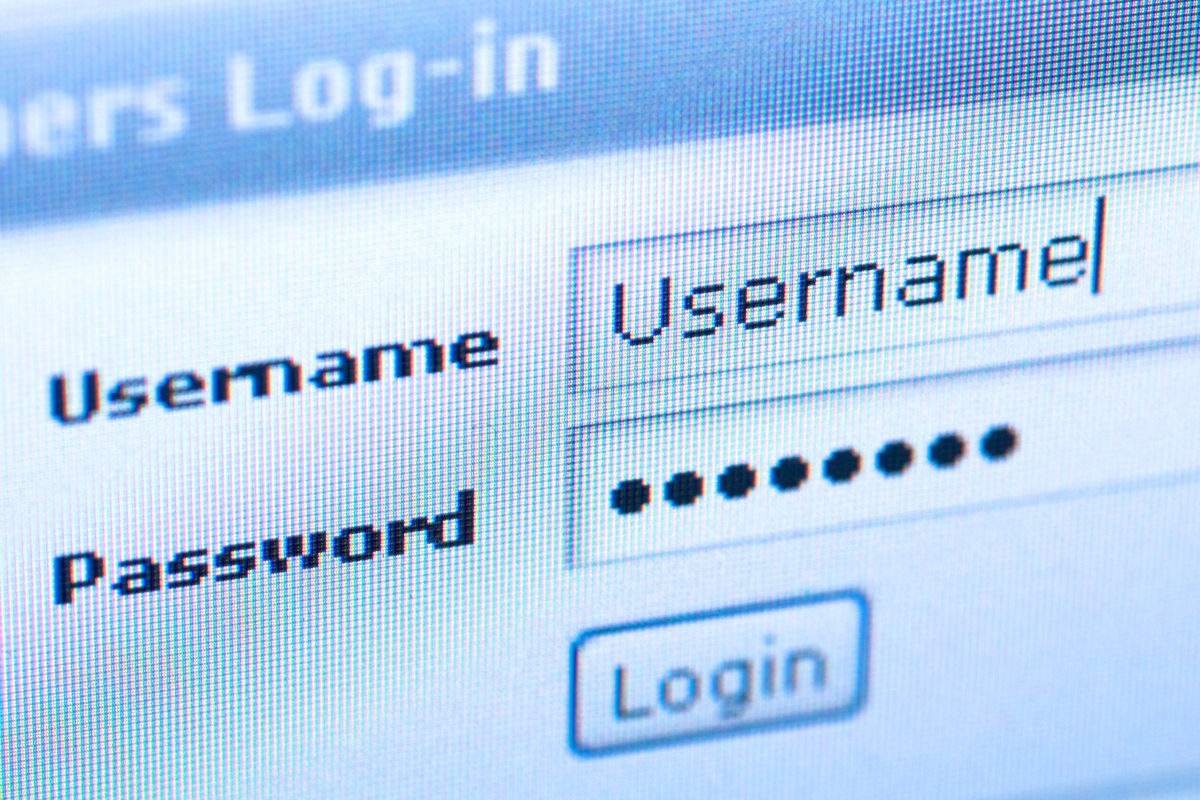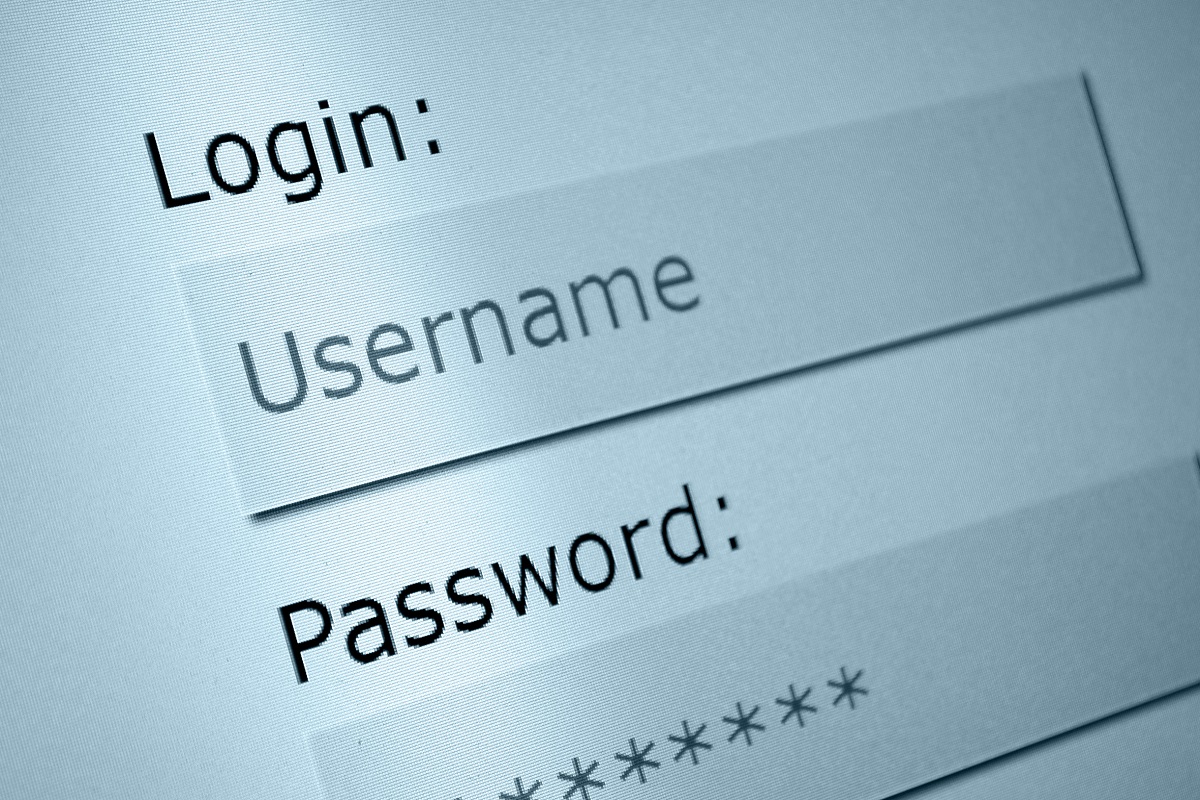Building a better password
Is your password really as secure as you think it is? Davey Winder investigates.


So you think you know what a secure password is? Think again. No, seriously. The chances are that the hackers are way ahead of you in terms of truly understanding secure password construction, and more importantly password deconstruction methods as well.
Brute forcing tools abound, which use both dictionary and hybrid dictionary methods to break the kind of password that many think are impervious to such automated breakage. Simply not using dictionary words is no longer protection enough, hackers can crack substitutions such as P455w0rd! instead of password in a matter of minutes. So what does constitute a secure password these days then?
Secure password construction
Current thinking dictates that a secure password needs to be not just eight characters in length anymore, but at least 12. Current thinking also dictates that in order for an enterprise to successfully implement a secure password solution it must consider three parameters: the level of security, the cost implication and user-friendliness.
The last of these is often overlooked, and that's a big mistake as Jan Valcke, president and chief operating officer (COO) at VASCO Data Security, reminds us that "attention must be paid to ensure that extreme password complexity rules don't break the overall security of the scheme because users start writing down passwords".
But how can you build complex passwords that are at least 12 characters long, include special characters and are not dictionary words, without breaking that user friendly rule?
Rik Ferguson, senior security advisor at Trend Micro, suggests you think of a memorable phrase such as "Motley Crue and Adam and the Ants were the soundtrack of my youth" and then take the initial letters to form MCAAATAWTSOMY. "This will be the basis of the password" Ferguson advises "but we need to make sure to a mix of upper and lower case characters, numbers and special characters".
Sign up today and you will receive a free copy of our Future Focus 2025 report - the leading guidance on AI, cybersecurity and other IT challenges as per 700+ senior executives
So mixing cases gives us McaAatAwTsomY, changing the o to an 0 produces McaAatAwTs0mY and finally the special characters are introduced by changing the first 'and' into + and the second to & which gives us Mc+A&tAwTs0mY. Ferguson recommends using the symbol as it's overlooked by many brute force tools, so the final password would be: Mc+A&tAwTs0mY
Davey is a three-decade veteran technology journalist specialising in cybersecurity and privacy matters and has been a Contributing Editor at PC Pro magazine since the first issue was published in 1994. He's also a Senior Contributor at Forbes, and co-founder of the Forbes Straight Talking Cyber video project that won the ‘Most Educational Content’ category at the 2021 European Cybersecurity Blogger Awards.
Davey has also picked up many other awards over the years, including the Security Serious ‘Cyber Writer of the Year’ title in 2020. As well as being the only three-time winner of the BT Security Journalist of the Year award (2006, 2008, 2010) Davey was also named BT Technology Journalist of the Year in 1996 for a forward-looking feature in PC Pro Magazine called ‘Threats to the Internet.’ In 2011 he was honoured with the Enigma Award for a lifetime contribution to IT security journalism which, thankfully, didn’t end his ongoing contributions - or his life for that matter.
You can follow Davey on Twitter @happygeek, or email him at davey@happygeek.com.
-
 The NCSC touts honeypots and ‘cyber deception’ tactics as the key to combating hackers
The NCSC touts honeypots and ‘cyber deception’ tactics as the key to combating hackersNews Trials to test the real-world effectiveness of cyber deception solutions have produced positive results so far
-
 Can data center supply keep up with AI demand?
Can data center supply keep up with AI demand?News New research from Goldman Sachs points to a precarious balancing act for data center operators
-
 Thousands of exposed civil servant passwords are up for grabs online
Thousands of exposed civil servant passwords are up for grabs onlineNews While the password security failures are concerning, they pale in comparison to other nations
-
 Gen Z has a cyber hygiene problem
Gen Z has a cyber hygiene problemNews A new survey shows Gen Z is far less concerned about cybersecurity than older generations
-
 Passwords are a problem: why device-bound passkeys can be the future of secure authentication
Passwords are a problem: why device-bound passkeys can be the future of secure authenticationIndustry insights AI-driven cyberthreats demand a passwordless future…
-
 LastPass just launched a tool to help security teams keep tabs on shadow IT risks
LastPass just launched a tool to help security teams keep tabs on shadow IT risksNews Companies need to know what apps their employees are using, so LastPass made a browser extension to help
-
 The NCSC wants you to start using password managers and passkeys – here’s how to choose the best options
The NCSC wants you to start using password managers and passkeys – here’s how to choose the best optionsNews New guidance from the NCSC recommends using passkeys and password managers – but how can you choose the best option? ITPro has you covered.
-
 I love magic links – why aren’t more services using them?
I love magic links – why aren’t more services using them?Opinion Using magic links instead of passwords is safe and easy but they’re still infuriatingly underused by businesses
-
 Password management startup Passbolt secures $8 million to shake up credential security
Password management startup Passbolt secures $8 million to shake up credential securityNews Password management startup Passbolt has secured $8 million in funding as part of a Series A investment round.
-
 LastPass breach comes back to haunt users as hackers steal $12 million in cryptocurrency
LastPass breach comes back to haunt users as hackers steal $12 million in cryptocurrencyNews The hackers behind the LastPass breach are on a rampage two years after their initial attack
